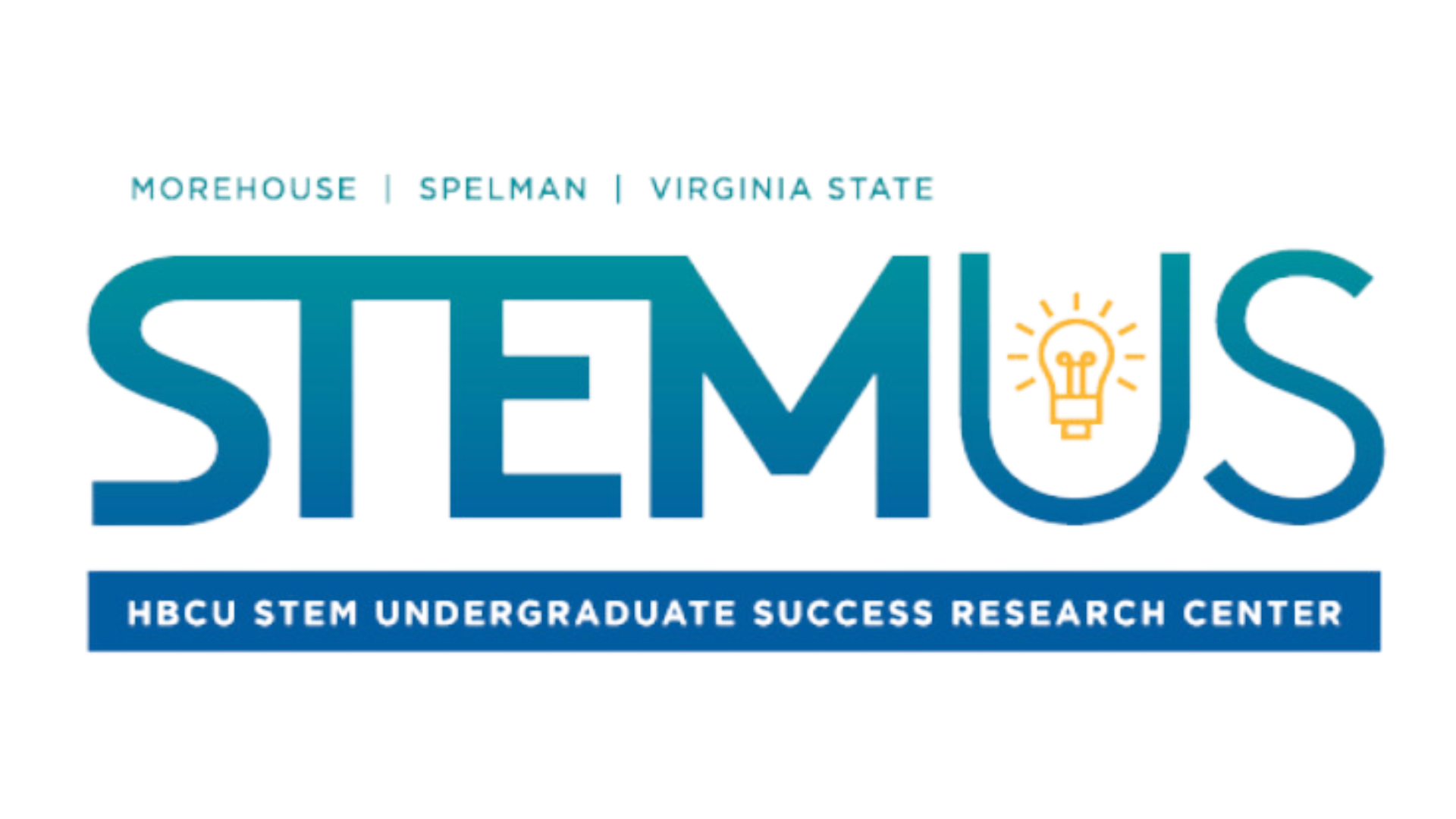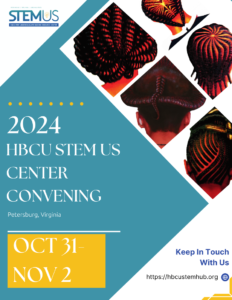LaQuesha (not her real name) was denied admission to VSU the first time she applied. Her high school GPA was low. Her test scores were low. However her recommendation letters pointed out that the inconsistencies of her grades corresponded to “extenuating circumstances” and that given opportunity and stability she had great potential. LaQuesha was admitted to VSU as a provisional student. This summer, she participated in the Trojan Summer Bridge Program (TSB), and completed two college summer courses.. The 2024 TSB was informed by Project Knowledge and what we called Intrusive Near Peer Mentoring. LaQuesha was among the majority of the students in her cohort that excelled and was fully admitted to VSU this fall. She started the fall semester with a 3.5 GPA. Once classes started LaQuesha used information she had gleaned from her mentor to organize her dorm room around her wall calendar. The calendar listed the time and locations of her classes but also had sticky notes with motivational affirmations. LaQuesha knew to review the information about her classes in Canvas, the Learning Management System and was alerted to the room change for one of her classes on the first day. She arrived early for her first class. She was prepared. She was confident. She was happy.

LaQuesha and her cohort of 169 students represented the next phase of the 10 year research project that was Project Knowledge. Since, the research program on the specific intervention model of near-peer mentoring no longer exists we partnered with Student Affairs and faculty from the College of Business to implement this version of Trojan Summer Bridge. We don’t yet know if this cohort will have an average above 2.0 GPA but the early indicators are good. This year we will begin a similar partnership model at 3 local high schools. This is called Community-Based Participatory Research.
The first 10 years of empirical research focused on understanding what aspects of an intervention were critical to producing impact. Impact was defined as a set of observable behaviors that could be directly attributed to the intervention and that would presumably continue after the intervention ended. Project Knowledge used a version of near-peer mentoring to identify those critical behaviors (i.e. homework completion, time management, stress management) as the antecedents for obtaining high grades (i.e. homework assignments, quizzes, exams and course letter grade). We measured the behaviors. We tracked the grades. We made changes to the mentor training based on what we learned from the data. We saw results.
Yet, that wasn’t enough. The cost per student for Project Knowledge was high and although it was shown to be scalable with the aid of technologies like Mentor Loop and Team Excel, it remains to be seen if the results can be replicated outside of VSU or even inside of VSU without the involvement of the originators. There are already issues emerging, such as confusing an intervention’s effect (changes noted during or immediately following the intervention) with its impact. Additionally, it is easy for those not trained in the social sciences to infer behavior change from unmeasured or unmeasurable anecdotal evidence rather than direct observation. However, even the evidence of a successful academic intervention, no matter how successful, will not survive a political climate where “ownership” of the success is more important than the data. Academic behavior change is a complex beast and in the rush to get results there is a tendency to ascribe positive findings to a single factor without regarding the complexity of the context. This is the part that the non-social scientist needs to get. However, there can be no scaling without partners and therefore co-creating a new version of the research using a multi-disciplinary approach is not optional but required. (This is the part that the social scientist needs to get).

Attention to these issues will help support the generalizability of HBCU academic interventions and therefore will be the focus of the next phase of research being generated by the HBCU STEM Undergraduate Success Research Center. Our research has revealed that interventions can occur at many stages along the matriculation path. STEM preparation actually begins in K-12 but in earnest in the summer before the first year of college. There is another intervention point in the third semester, as attrition in STEM disciplines is high in the semesters before the prerequisites are completed and a major is declared. After that, the intervention point will be directing students into research experiences and internships as STEM majors. Another intervention point helps to prepare students for graduation and application to graduate programs in STEM. From there, intervention points provide support for success in graduate school and career preparation. In addition to all of the student facing intervention activities there is a side to intervention that is pointed at faculty, particularly those that teach introductory courses. These faculty members help advise and nurture students so that they can continue in the major. In order to remain on the campus doing this work, the faculty need to be promoted and preferably tenured. Yet, their scholarly productivity is often a victim of their caring and nurturing. Therefore, professional development is also part of the academic intervention story and the STEM-US Center’s ongoing research effort.

The student-facing intervention points, as described above, get more expensive as the student progresses and unfortunately are populated with fewer and fewer students. The price per student goes up as the number of qualified students go down. In order to truly broaden the impact of STEM interventions, we need to keep every last student in the pipeline. Actually, a better metaphor than pipeline is a braid. We need to keep every last student connected with care given to the different intervention points along the way.
The braid is the metaphor that will be used at the upcoming convening of the HBCU STEM Undergraduate Success Research Center and will be held here at Virginia State University, October 31-Nov 2. The 4th annual conference won’t be a regular conference. It is an invitation only event that will bring together people from across the country who either conduct impactful interventions at an HBCU or have used PVEST as a theoretical model for an intervention or have previously participated in projects associated with the STEM US Center. We are gathering this brain trust to write a book together that will be organized around the intervention points and what is needed to move towards a true community-based participatory model for HBCU academic interventions. The efforts here at VSU are examples of this multi-faceted and transdisciplinary approach that has demonstrated impact, replicability and scalability but has yet to manifest sustainability and generalizability.
If you want to participate in this next phase of HBCU academic research, there is one last listening session scheduled for noon on September 11. Please leave a comment below for more details.






Leave a Comment